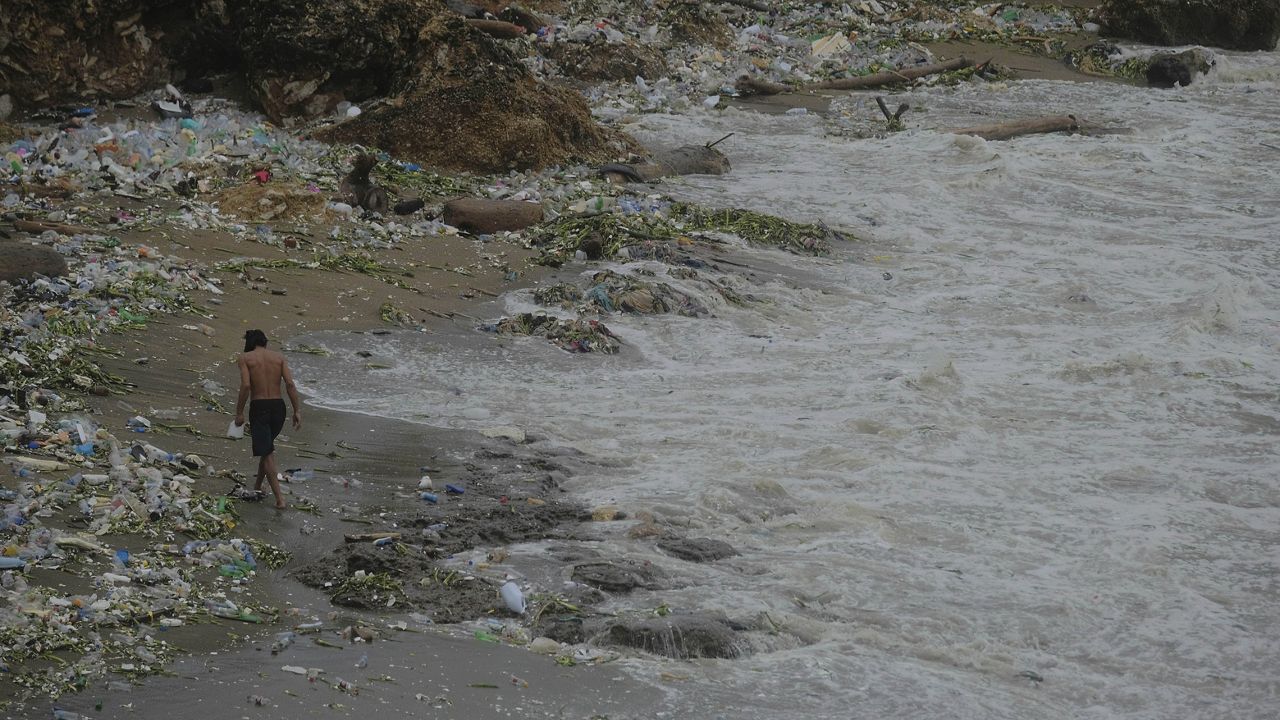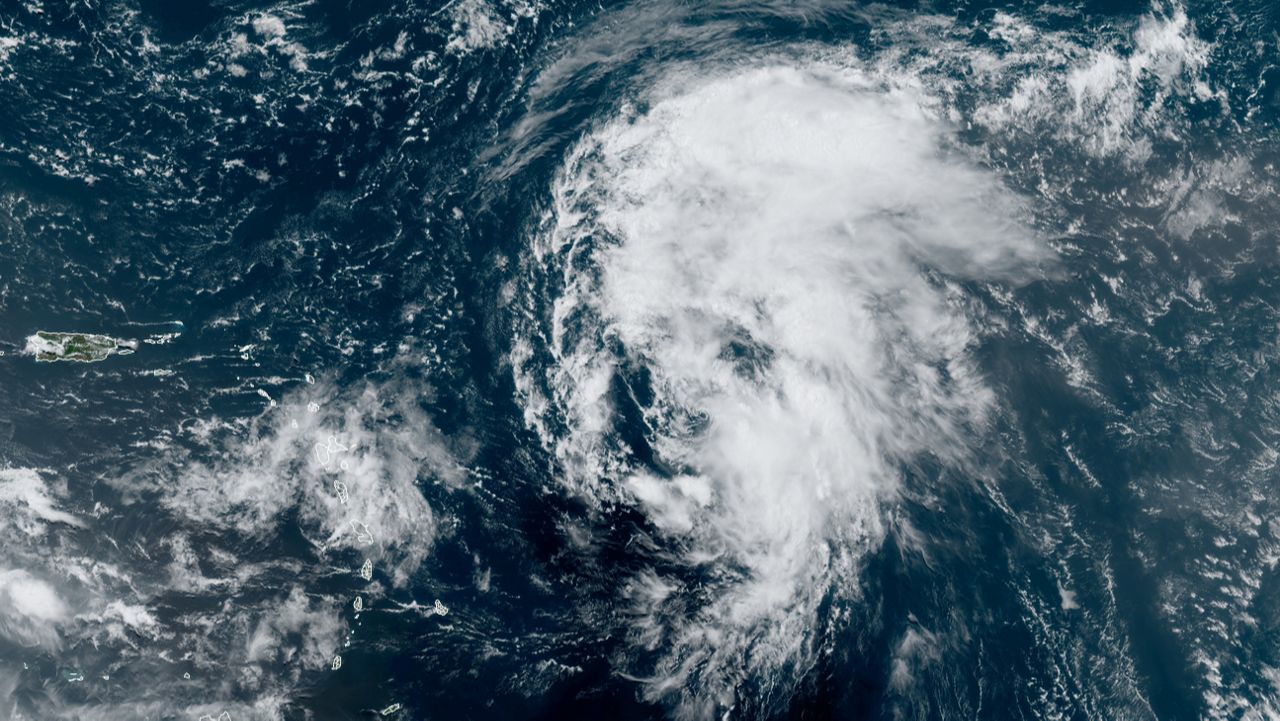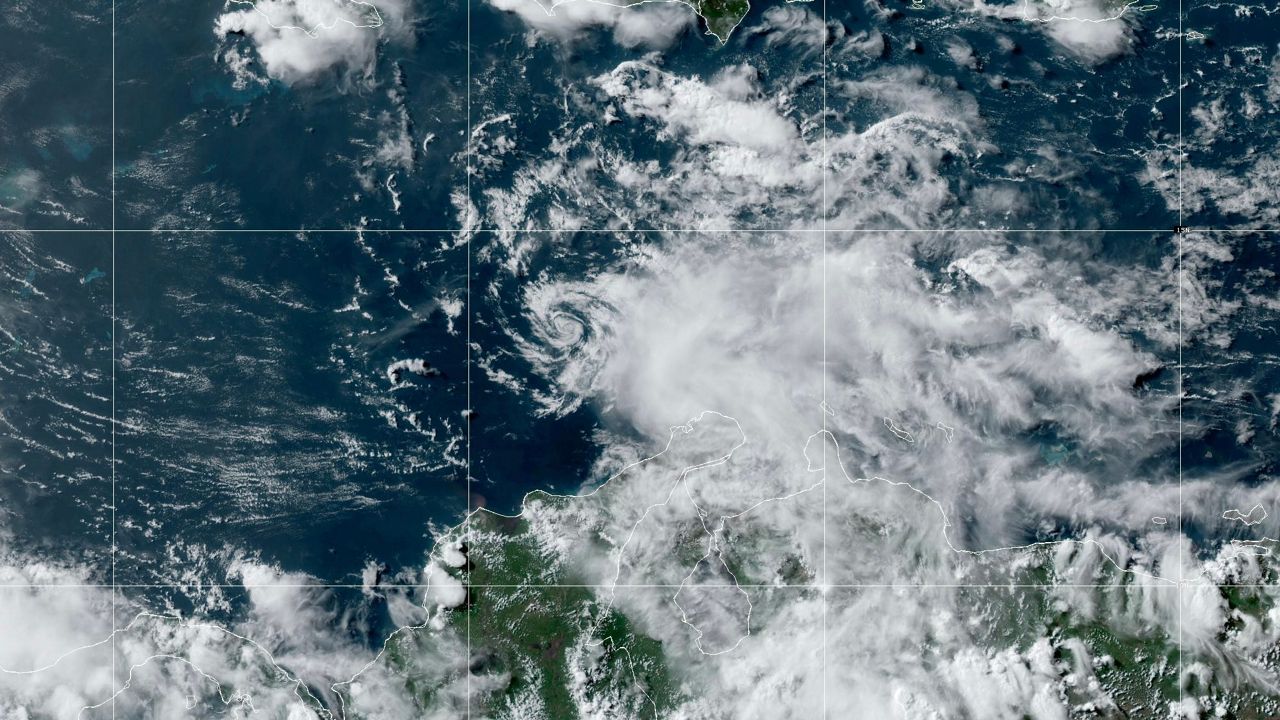Hurricane Franklin was a meandering storm that dumped flooding rains on Hispaniola and had indirect impacts on the U.S. East Coast.
Franklin formed on Sunday, Aug. 20. After drifting in the eastern Caribbean, Franklin finally took an abrupt turn to the north two days later.
On Wednesday, Aug. 23, it made landfall over the Dominican Republic’s southern coast, just south of Barahona.
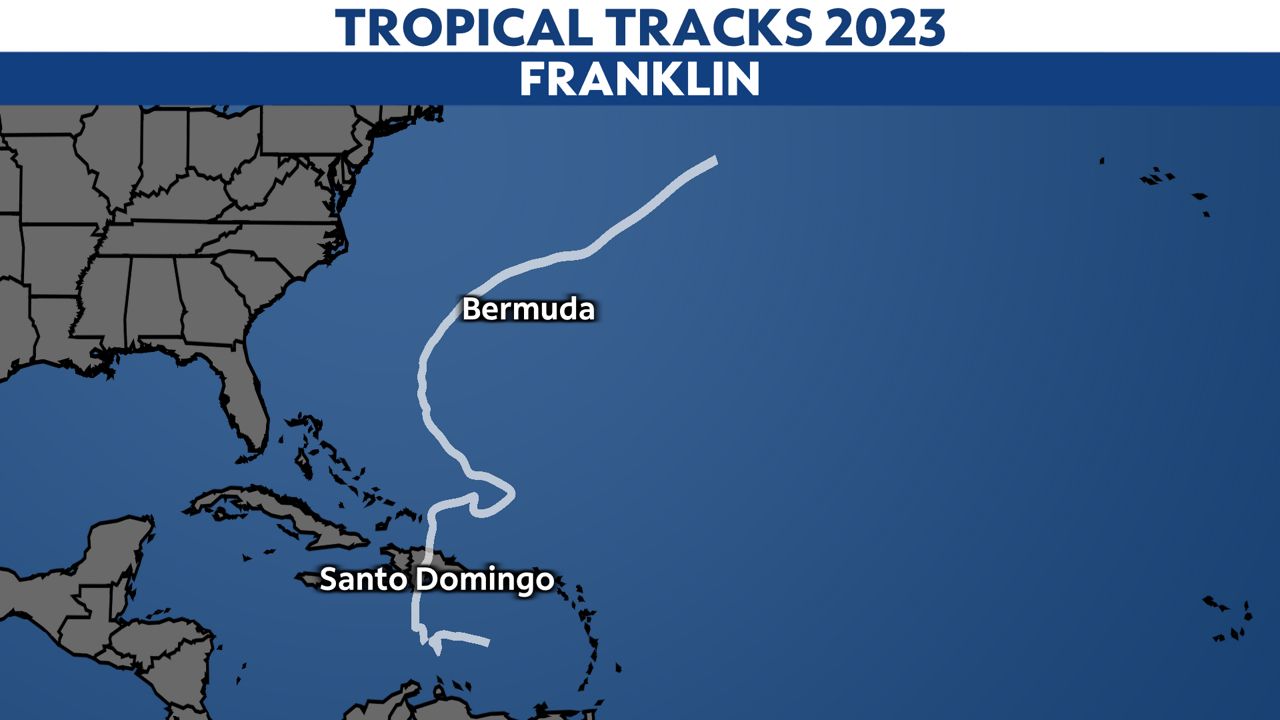
Heavy rain led to landslides in the Dominican Republic. The flooding killed two people, according to the Associated Press. Floodwater also damaged homes and crops and forced thousands to evacuate.
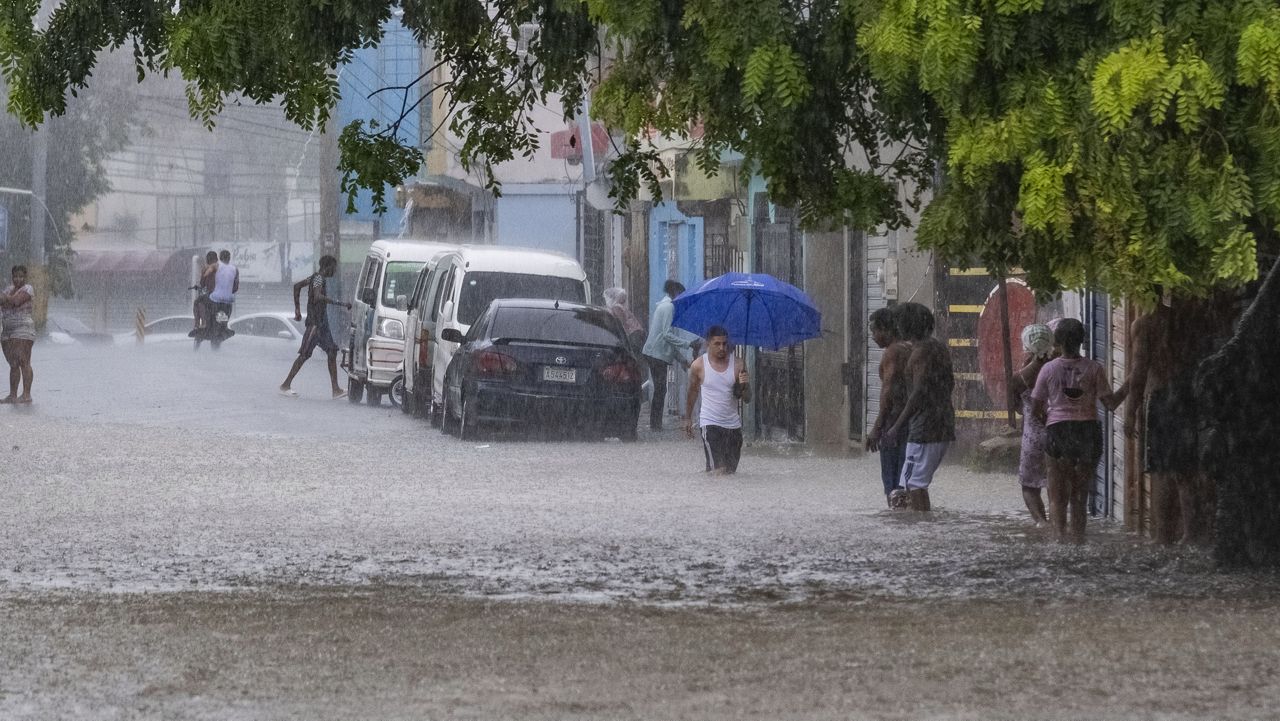
The storm left nearly 350,000 people without power in that country. Water was also unavailable for well over a million people.
Heavy rain fell in Haiti and the Turks and Caicos, as well.
Weakened from its interaction with land, Franklin moved out into the southwestern Atlantic on Thursday, Aug. 24.
Despite combating wind shear after initially moving back over water, Franklin slowly regained its strength over the next couple of days and became a hurricane again on Aug. 26.
Franklin became a major hurricane on Aug. 28, making it the first of the 2023 Atlantic hurricane season. It brought tropical storm conditions to Bermuda as it passed the island on Aug. 30. The powerful storm also sent swells to the U.S. East Coast for a few days, causing rough surf and dangerous rip currents.
Check here for a look at the 2023 Atlantic hurricane season so far.
Our team of meteorologists dives deep into the science of weather and breaks down timely weather data and information. To view more weather and climate stories, check out our weather blogs section.





